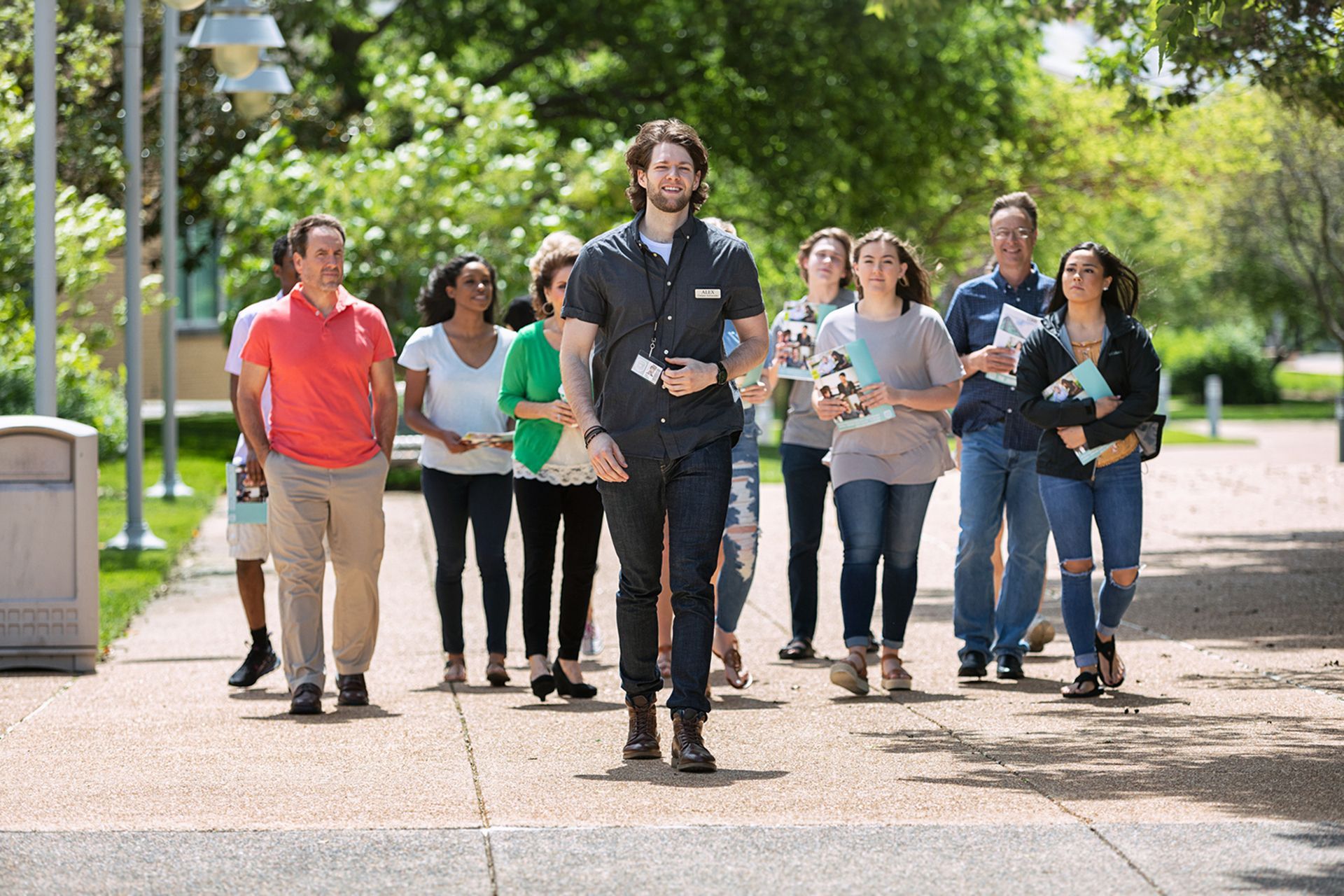Automation & AI Are Fast Becoming Critical in Higher Education
Higher education is quickly becoming an increasingly complex landscape, one marked by uncertainty and rapid transformation.
For institutions, the pressures of change seem relentless. The number of high school graduates is expected to decline by 13% between 2025 and 2041; employers are increasingly turning to skills over degrees, which signals a shift in workforce demand; changes in government are leading to shifts in educational funding; and more. As trends like these converge, many universities find themselves competing for students, for staff, for funds, and for relevance.
But as the higher education landscape evolves, so too do the opportunities. Amid these opportunities lies the transformative potential of automation and, separately, artificial intelligence (AI). While many institutions are still working to integrate these technologies into day-to-day operations, those that successfully embrace automation and AI may be positioned to innovate across a wider range of areas.
Automation Tools Power Institutional Adaptability
While many institutions strive to automate processes as a means to reduce costs and streamline operations, the true value of automation technologies lies beyond their ability to boost efficiency; they enhance adaptability. In a landscape marked by shifting student needs, market demands, and educational trends, universities must be able to pivot quickly—and automation powers that flexibility.
Automating key workflows, such as enrollment and retention outreach, doesn’t just free up time for staff—it enables institutions to respond to changing conditions without missing a beat. Workflow automation tools enable universities to continuously optimize and improve processes. These systems support real-time adjustments, giving institutions the agility to tweak processes, engage students, and respond to new opportunities as they emerge. The result isn’t just cost savings, but a more responsive, flexible institution.
AI Can Drive Agility
AI and automation further enhance institutional adaptability by enabling teams to make smarter, data-driven decisions. For example, predictive analytics solutions that use AI can analyze a wide range of student data—academic performance, attendance, engagement, etc.—to identify students at risk of falling behind or dropping out. Once at-risk students are identified, institutions can intervene proactively with tailored support services, personalized communication, or even alternative learning pathways.
Some AI tools also support more efficient course scheduling and advising by using historical data to forecast demand for specific classes, ensuring that institutions can offer the right courses at the right time. AI-powered chatbots, on the other hand, are emerging as a huge driver of agility. Unlike static, rules-based chatbots, AI chatbots that use natural language processing and machine learning can evolve as they “learn” from student interactions. They analyze the questions students ask, recognize patterns, and adjust responses accordingly, ensuring that the support offered is relevant and timely.
Aligning Automation and AI for Long-Term Success
While many universities have embraced automation technologies, there remains hesitation when it comes to AI. For universities to remain agile and competitive in a tumultuous higher education landscape, these technologies must work in tandem.
Automation tools are already helping institutions become more efficient by handling routine tasks and improving workflows. But when combined with AI, these tools can elevate that efficiency and adaptability. Several institutions are already taking significant steps in this direction. Some are adopting AI chatbots to offer 24/7 support for students, others are experimenting with Copilot to streamline administrative processes, while others still are exploring AI-based academic advising tools that analyze student performance, recommend course selections, suggest tutorial sessions, and provide intervention when needed.
To truly capitalize on these advancements, universities must shift their mindset. It’s not about choosing between automation and AI—it’s about integrating both to create a cohesive, agile system that supports the institution’s long-term goals. Academic leaders, administrators, and IT staff must work together to foster a culture that embraces these technologies, ensuring students and faculty are equipped with the tools to succeed. By taking this integrated approach, universities can not only adapt to today’s challenges but also set themselves up for long-term success.
This article was adapted from our partner, Jenzabar. They translate advances in technology into advances in educational opportunities. Exclusively serving higher education, Jenzabar software and services are designed to drive higher performance in every department at your institution.











